A combination of drought and torrential rain exposed Italy’s Emilia-Romagna region to devastating floods last May. But while extreme weather events are difficult to predict and mitigate, their impacts are also a result of inefficient administration, short-sighted politics, and a seemingly unstoppable appetite for urban sprawl. A photo essay.
The fourth-longest coastline in Europe, a strategic position in the Mediterranean, and a temperate climate – geography has traditionally been regarded as one of Italy’s greatest blessings. But as the country climbs the rankings of Europe’s most climate disaster-prone regions, its geography appears less like an asset and more like a burden. In 2021, the environmental protection agency ISPRA warned that 93.9 per cent of Italian cities were at risk of flooding, landslides, and coastal erosion. Emilia-Romagna – before seventeen lost their lives and fifty thousand were displaced due to two devastating floods last May – was flagged by ISPRA as the Italian region most at risk.
The recent floods (less than one year after the ones in the Marche region, where 13 people died) hit in particular the Po Valley, the floodplain of the country’s longest river, home to a third of Italians and largely characterised by low-permeability clay soil. In 2022, the most severe drought in 70 years struck the region, making these precarious hydrogeological conditions even more prone to disaster. When three months of rain poured down in less than two days in May, the hydrometric levels in the plains rose by up to 15 meters, while 250 landslides devastated the surrounding hills and mountains. But was it just a matter of misfortune?
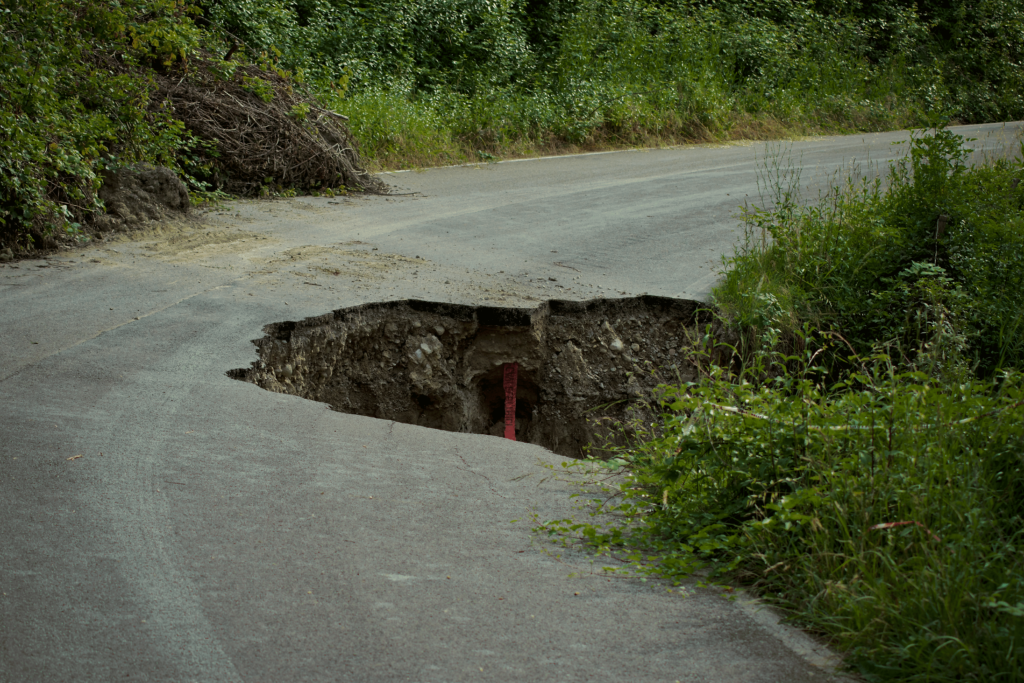
Uncommitted to risk mitigation
Over the last decades in Italy, investment in hydrogeological risk mitigation has been inconsistent and generally in reaction to major disasters, and following the tides of public sentiment. After 37 died in the floods that hit the Sicilian city of Messina in 2009, the government approved a resolution to mobilise 2.2 billion euros to prevent future disasters. But as the memory of these floods faded, so did investments, which reached a low of 227 million euros in 2012. The downward trend was tragically halted the following year, when another flood in Sardinia claimed 18 lives. In 2014, the coalition government led by Matteo Renzi included a 2.3-billion-euro-investment in hydrogeological risk mitigation in its “Unblock Italy” decree.
99.2 per cent of the total public tender value in the past decade was entrusted to a handful of companies with a track record hardly in line with the objectives.
More recently, in 2021, the government approved an extraordinary measure to mobilise 220 million euros in direct financing to the regions. Emilia-Romagna spent its share of the money partly on the maintenance of already existing projects (a consequence of inconsistent government funding), and partly on detention basins and dewatering pumps. The region ignored most of the government’s naturalistic guidelines, which suggested instead to focus on restoring the rivers’ sinuosity, reforesting the floodplains, and reducing artificiality. To this day, 64 per cent of the projects have not yet reached the design stage, and none have been fully implemented, despite completion being initially scheduled after 13 months on average.
Misguided public tendering
The notorious inefficiency of the public administration bears some responsibility for these delays. Despite the reform in 2013 of a National School of Administration, Italy’s administrative tasks are predominantly undertaken by workers who often feel they lack analytical skills. This situation frequently leads to negligence in the evaluation of the social and environmental costs of projects, as well as delays in the assessment of new projects.
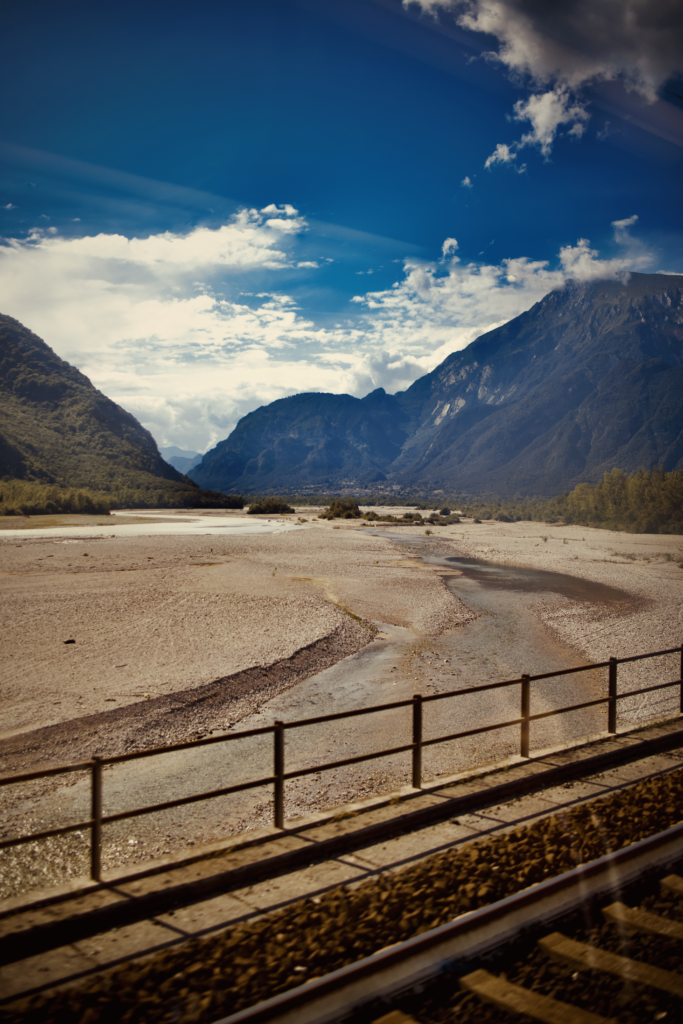
The scarce capacity of the public administration isn’t the only hurdle. While locally run land reclamation consortiums can usually be trusted with hydrogeological risk mitigation works, 99.2 per cent of the total public tender value in the past decade was entrusted to a handful of companies with a track record hardly in line with the objectives. Webuild (formerly Salini Impregilo), the largest single contractor with a tender volume of almost 22 billion euros, has caused 23 large-scale disturbances of hydrogeological systems worldwide, according to NGOs. The runner-up Impresa Pizzarotti has been criticised by WWF and the environmentalist association Legambiente for its involvement in the controversial Tirreno-Brennero highway project, which allegedly threatens the ecological and hydrogeological security of eighty thousand people in Emilia-Romagna. GCF and Salcef, jointly in direct or indirect control of 23.8 billion euros worth of public procurement contracts, were recently found to have ties with the Calabrian mafia group Ndrangheta.
No soil left to soak
Another issue is that the Italian procurement law lacks any requirement to include social and environmental costs in the feasibility studies of the projects seeking public funding. As a result, many constraints to the ecological conduct of private companies are systematically undermined, explaining also why these companies tend to frequently come into conflict with environmentalists.
In Emilia-Romagna, a 2017 regional law has been widely criticised for de facto inhibiting the regulatory capacity of local authorities with respect to urban planning. The region is currently losing 751 square meters of soil every hour in favour of construction projects. By the time you have finished reading this article, around a 1-bedroom apartment size worth of soil will have been covered in asphalt or cement, with all that this entails in terms of carbon emissions, biodiversity loss, the urban heat island effect, worsened air quality, and reduction in soil water absorption capacity. The latter effect not only creates a breeding ground for inundation but, over time, can also lead to loss of water security because precipitation can no longer reach the groundwater.
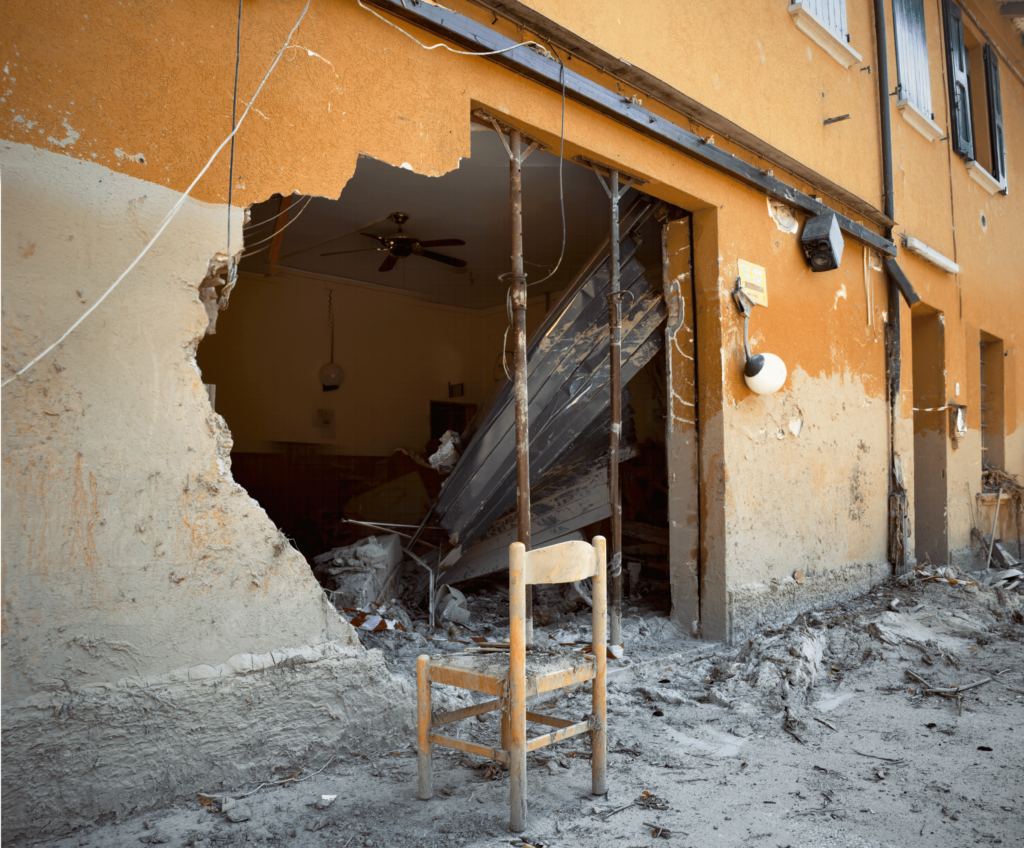
The centre-left Partito Democratico (PD) has played a pivotal role in shaping the trajectory of soil protection policy. When in 2012 a milestone law was put forward in the regional council of Tuscany, the ruling PD opposed it. Prominent environmentalist and urban planner Anna Marson, who wrote the proposal and had been nominated by the PD, denounced the private interests – disguised as concerns about employment in the construction industry – guiding the party’s decisions.
Only two years later, following a flood in Carrara, the regional council had to face reality, and the law was approved. Finally, soil consumption was facing proper regulation. But after the PD won the 2015 regional elections by a wider margin, and formed a majority without the support of smaller environmental parties, the law’s regulatory capacity was inhibited, particularly in regard to the citizens’ right to be informed and the institutions’ oversight capacity.
To avoid losing support, Italian politicians have historically been hesitant to impose regulation, regardless of their ideological affiliation.
That same year, the local PD leader presented a new urban planning law to the regional council of Emilia-Romagna. The draft bore a strong resemblance to that of a former centre-right minister who had resigned following a corruption scandal involving prominent construction contractors. The new draft also included elements of a letter submitted to the council by an association representing the region’s construction companies. Once approved, the law contributed to fast-tracking soil consumption. Currently, Emilia-Romagna is the Italian region with the highest amount of concrete on alluvial soil.
Then the “flood of the century” hit, and Emilia-Romagna’s government abolished the regional environmental agency’s authority on city planning, demonstrating yet again that it had not learned any lessons about the risks of soil sealing. Even at the national level, in the wake of the disaster, the central government was still unwilling to acknowledge the consequences of overbuilding. Nello Musumeci, the far-right Minister for Civil Protection and Maritime Policies, said that the government planned to tackle the problem with an engineering approach focused on dams. The region, according to the Minister, needs tens of dams to solve the combined threats of flooding and drought in the years to come.
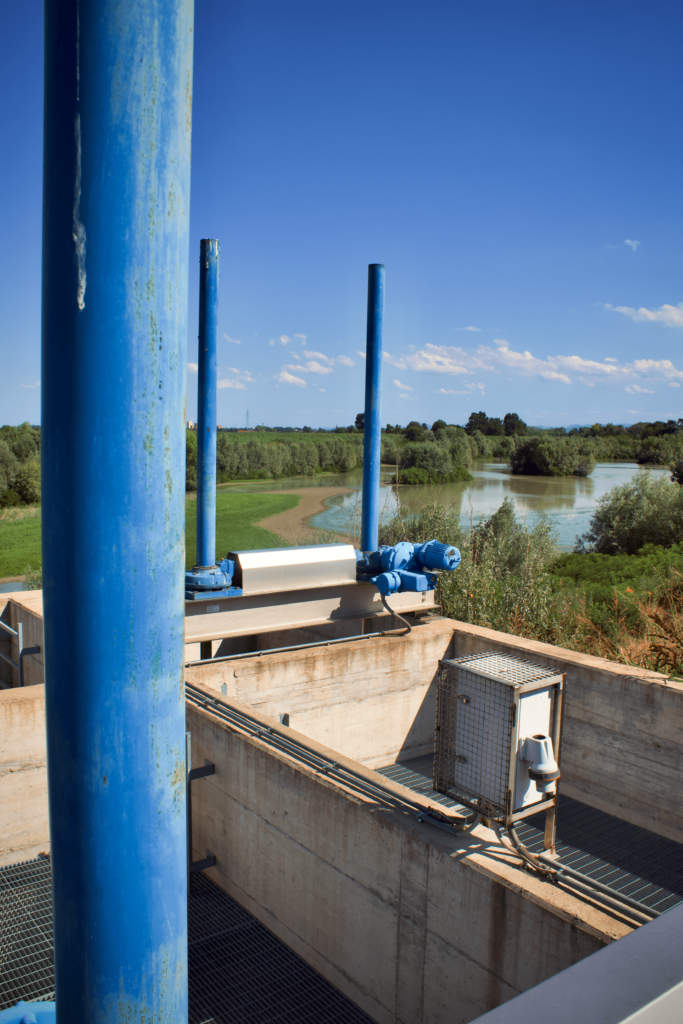
Of Italy’s 529 large dams, only 12 are used for flood control (of which eight are currently inactive). However, damming as a solution to flood prevention is only effective in scenarios where most of the rainfall takes place at high altitudes, overwhelming the riverbanks downstream. In March, the government financed a new feasibility study for the Vetto Dam in Emilia-Romagna, originally designed in the 1970s. Construction work began in 1988 but was suspended only a year later due to an appeal by environmental associations. But even if the dam had been completed, it would not have changed much in last May’s floods: just 23 per cent of the rainfall happened at altitudes higher than 447 meters above sea level, where the Vetto dam would be located.
Europa Verde – the current iteration of the Italian Green party – criticised the plan as anachronistic and put forward more modern and less environmentally intrusive measures. According to the Greens, the same funds may be allocated to smaller-scale projects such as decentralised reservoirs and detention basins that can be distributed along multiple areas at different altitudes, and are therefore more resilient to unpredictable precipitations.
A responsibility no one wants to bear
As the construction lobby pointed out in its 2016 letter to the Emilia-Romagna council, soil sealing is mostly done in response to market demand. Concrete and asphalt are laid to increase parking spaces, expand real-estate supply and improve connections between cities. To avoid losing support, Italian politicians have historically been hesitant to impose regulation, regardless of their ideological affiliation. This has made urban planning a difficult topic to debate, and even more so in recent years.
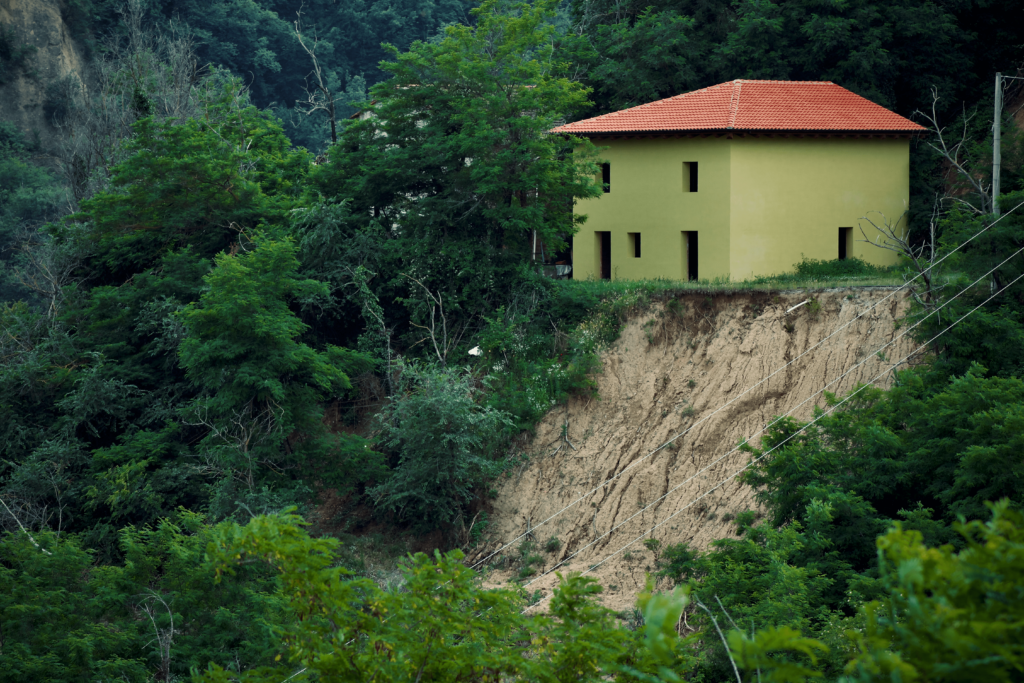
Italy is third among OECD countries for the most dwellings per thousand inhabitants. With a proper wealth or vacancy tax missing, one in five dwellings is currently uninhabited. Many municipalities do not even bother to survey the amount of empty or abandoned dwellings within their borders, and so land consumption still goes on unabated. Construction from the ground is preferred over renovations, also considering the increasing demand for urban sprawl. A low-density housing environment is essential for private vehicle ownership, and this neatly fits Italy’s motorisation rate, the third highest in Europe.
With the majority of the population less and less interested in sensible urban planning, and political leaders reluctant to take responsibility for economically unpopular decisions, land consumption does not seem likely to slow down in the near future. But with climate change making extreme weather events increasingly frequent, this means setting the country up for disaster once again.
